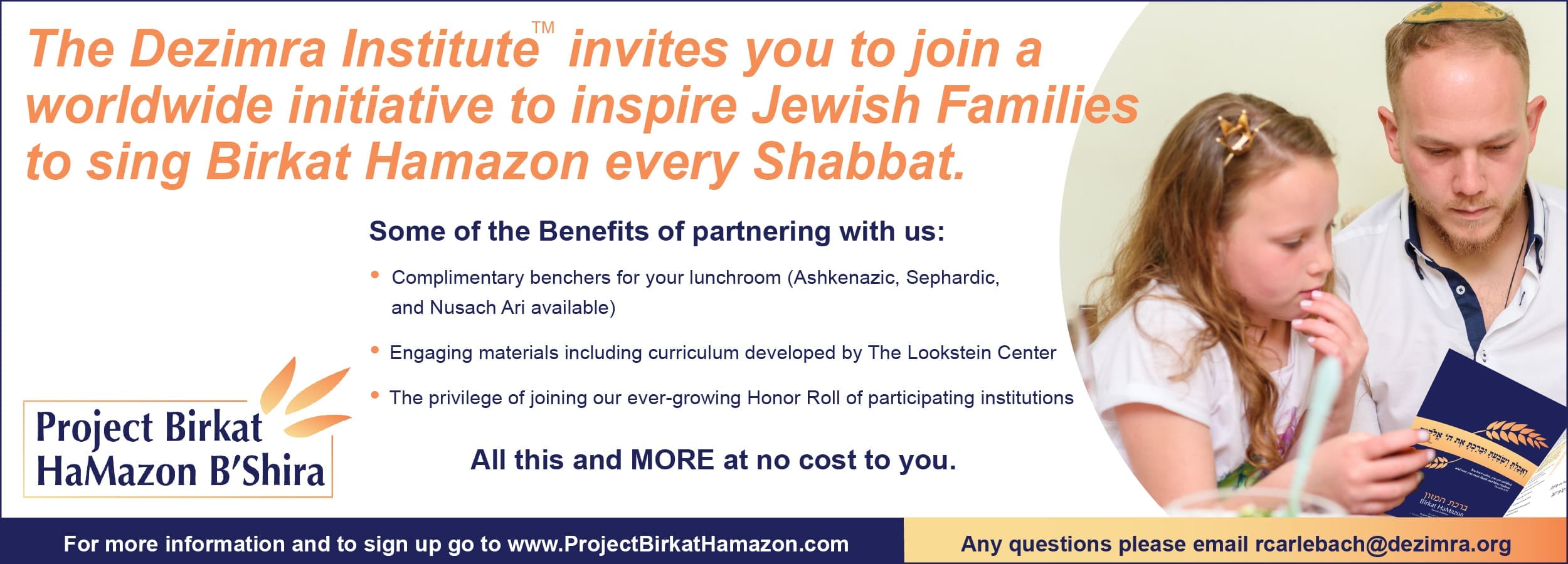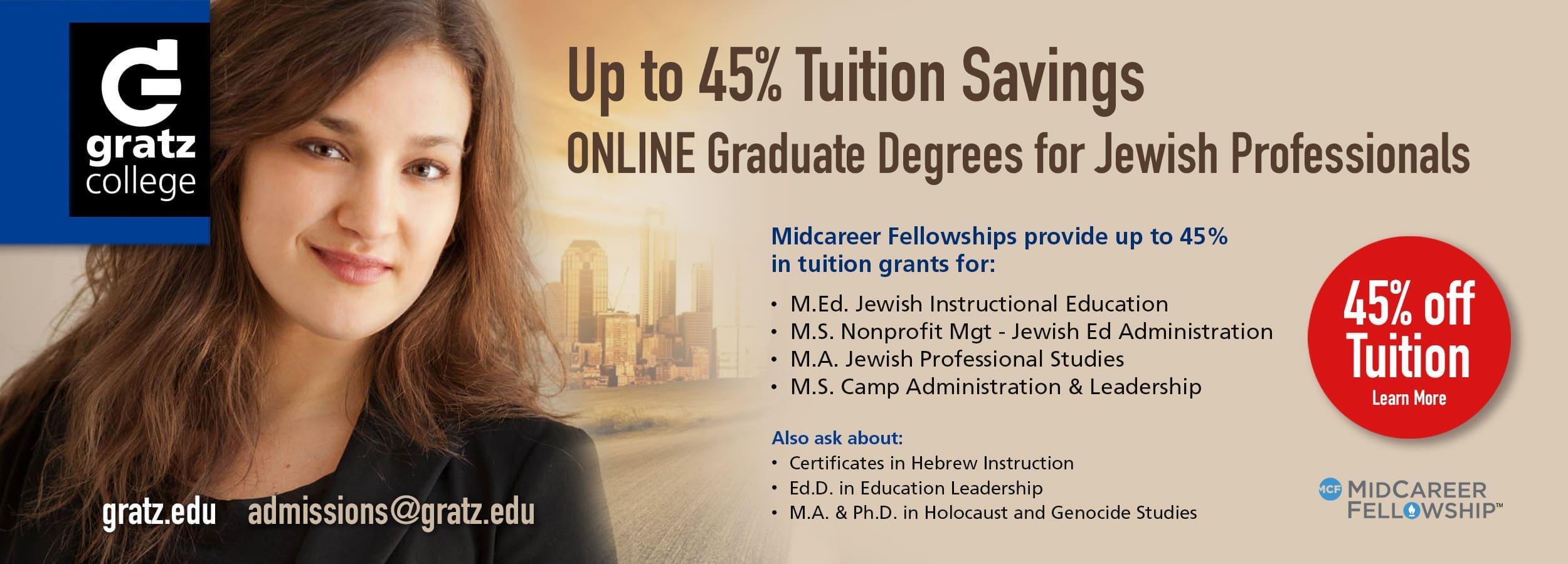

From The Editor: Winter 2023
Most of what we learn in our early years is through observation. We watch people walk, and with some help we learn to walk. We listen to people speak, and we begin speaking.
When I think about centuries of people keeping kosher homes, it was not the product of formal learning. Most of the people entrusted with that sacred task were probably unable to read any of the halakhic literature, if it was even available. They learned by spending time watching and participating in meal preparation and cleanup, and with a little guidance, they learned to keep kosher kitchens.
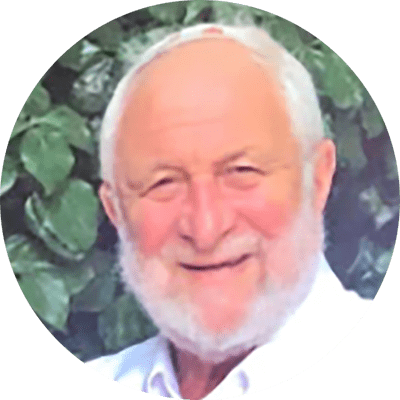
Reflections of an Experiential Educator: An Interview With Yonah Fuld
Yonah Fuld is a dynamic and creative Jewish day school educator. Recently retired as Educational Director of The Lookstein Center, Rabbi Fuld’s pioneering and groundbreaking work in experiential education at SAR Academy (Riverdale, NY) inspired dozens of schools to incorporate it into their own programming. Jewish Educational Leadership is pleased to share with you excerpts of our discussion with him.
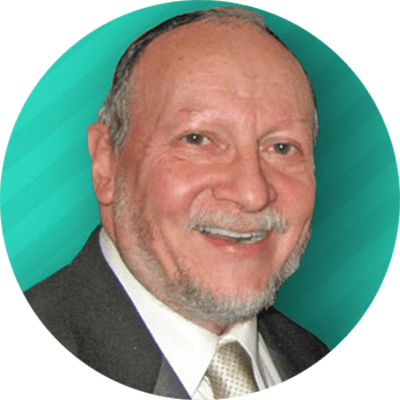
Passion and Follow Up: An Interview With Ephraim Buchwald
Ephraim Buchwald is a lifelong pioneer in the area of Jewish outreach. Rabbi Buchwald was Director of Education at Lincoln Square Synagogue (NY) for fifteen years, where he also founded the Beginner’s Service which he has been leading since 1975. He is also founder and Director of the National Jewish Outreach program, which has engaged more than a million North American Jews in Jewish life, and he was included in Newsweek’s list of the top fifty Rabbis in America. Jewish Educational Leadership is pleased to share with you excerpts of our discussion with him.
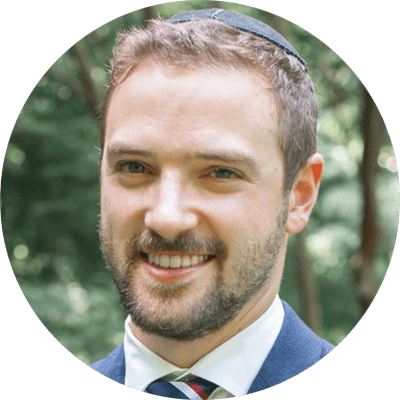
(Re)Introducing Counter-Culturalism Frameworks in Jewish Education
At the end of an all-girls Shabbaton, just a few minutes before our Havdallah, the DJ in the ballroom next door started spinning tracks: Cotton Eye Joe, Cha Cha Slide. The party next door was a celebration of the transition from childhood to adulthood. The bass was pumping through the walls. As our students sang Shabbat away, the party next door moved on to Nelly and Flo Rida. All the noise piqued the curiosity of our students and, after Havdallah, some of the girls inevitably investigated. They returned a few minutes later. A few were puzzled, others were anguished: “Is that what teenagers do?” “What are those girls wearing?” “Why are those boys and girls dancing like that?”
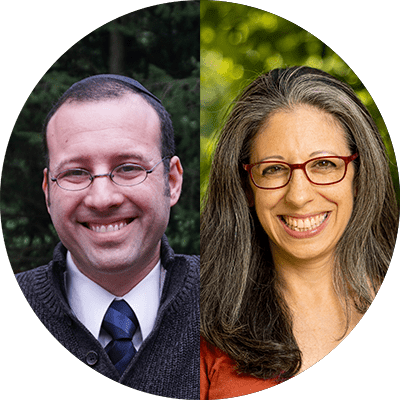
A Sweet Parashah Magazine
Parashat hashavuah holds a central place in the Jewish educational landscape. It uniquely spans denominational divides, keeping the rhythm of Torah study calendrically embedded in the lives of the entire Jewish community. Of all Torah topics, it seems to be parashat hashavua that defines our communal common ground. And it does so with a depth that allows us all to find insights that are meaningful and inspiring, no matter our age or background. It is a gateway to exploring and uplifting our core values, discovering the roots of our beliefs and practices, and becoming active players in the ongoing project of the Jewish people and our interpretive tradition.
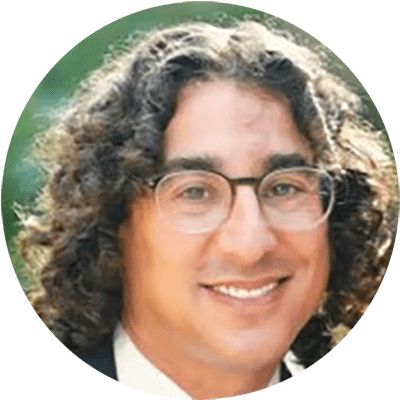
Putting “Community” at the Heart of Jewish Community Day Schools
Each morning at 10:30 AM, 50 middle school students at the Ottawa Jewish Community School (OJCS) have to decide where to go for minyan. They can choose to go downstairs to the “Traditional Egalitarian” minyan where they sit in a circle, use a siddur which includes the Conservative version of Birkhot Ha’Shahar and the imahot in the Amidah, and students of any (or no) gender are welcome to function as shaliah tzibur. Or they can choose to go upstairs to the “Traditional” minyan where they sit on either side of a mehitzah, use a siddur which features Orthodox liturgy, and boys are welcome to function as shaliah tzibur. There are students who reliably land in the same minyan morning after morning and there are students who move back and forth for all kinds or reasons.
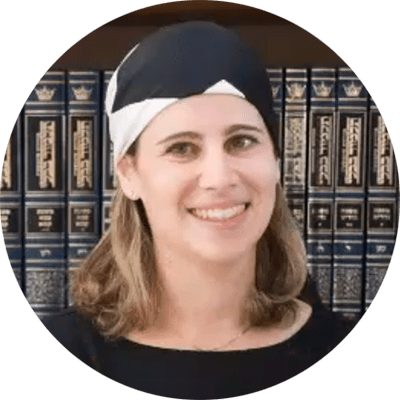
Good Things Come in Small Packages: What Day Schools Can Learn from Supplementary Programs
While day schools bear much of the burden of formal Jewish education, supplementary programs offer unique opportunities to build the Jewish experience. There are many varieties of supplementary programs, including afternoon Hebrew schools, Sunday schools, extracurricular courses, and clubs. Some of these programs are the primary sources of their students’ Jewish experience; others are part of a larger network of opportunities. While each program has its own set of circumstances, there are several challenges with which supplementary programs, by design, must grapple. These obstacles propel supplementary programs to think differently about Jewish education than their full-day counterparts. This paper will briefly explore some of the challenges supplemental program face while extrapolating strategies and practices that can also be useful in day school environments.

From Hebrew Infusion to Acquisition: Unleashing the Power of the Hebrew Language
When Charles Dickens, a somewhat repentant purveyor of antisemitic tropes, opens A Tale of Two Cities with “It was the best of times, it was the worst of times,” he might be describing the contemporary Jewish experience. In every generation, our people confront new opportunities, but also new and historic challenges. Today is no different. With a rise in antisemitism, many young people are choosing to move towards the exit of the Jewish community, and the growing gaps between both Jews of different orientations and between the two largest Jewish communities, Israel and North America, are of critical concern. As more Jews begin to define themselves as “Just Jewish,” “Culturally Jewish,” or consider removing “Jewish” from their identities, we must unlock strategies and interventions that creatively weave both the old and the new in ways that engage, inspire, and connect.
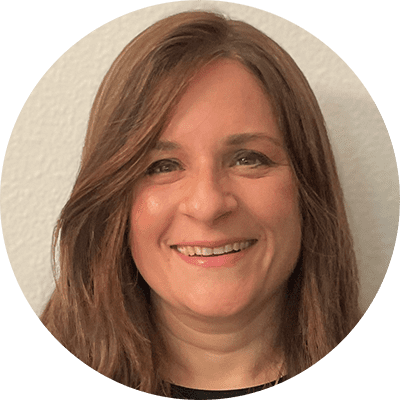
Parashah Art Journal
Schools are primarily academic institutions. One essential challenge for Jewish studies teachers is trying to instill love for and commitment to Torah and mitzvot in an environment whose primary goal is acquiring knowledge. The parallel challenge is that because schools are interested primarily in achievement, students are generally focused on getting good grades, not on finding meaning and inspiration for life. Furthermore, as schools and classrooms are primarily “top-down” cultures in which the teacher tells the students what they feel is important and the students need to memorize and/or prepare for tests on that information, it is difficult to motivate students to put effort and energy into internalizing the learning, rather than the ability to display intellectual mastery. Finally, Jewish studies teachers, who care passionately about Torah content, in their desire to inspire their students often share what they personally find meaningful. While well-intentioned, what is meaningful to adults is not always meaningful to their students, and for students to develop an authentic personal connection to their spiritual worlds, it is important that they develop the ability to identify and clarify what inspires them.
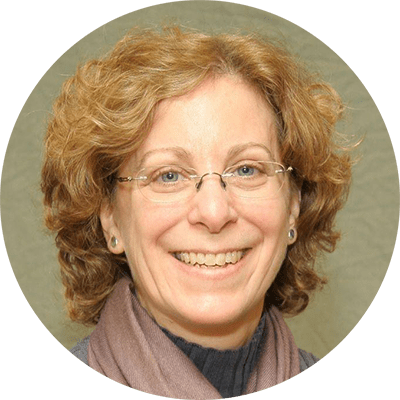
In Praise of Messy Jewish Education: Reflections on a Midwest Independent Hebrew School Education
In an article in the Boston Globe Magazine In Praise of Drudgery (12/18/22), the author describes the boring jobs she used in order to find quiet time in a library, “stealing” hours of work and serving the goal in messy ways. “It was a random and inefficient education [reading books found on shelves], and I was a random and inefficient employee.” In the concluding paragraphs she writes

Jewish Holding Environments
I often joke that I do my best parenting Shabbat morning before synagogue, when I am drinking my coffee and absorbed in a book. Sitting at my dining room table, I am just present enough to let my children know they are safe and just distracted enough to let them figure out whatever conflict arises. In my mind, I am creating what the British psychoanalyst Donald Winnicott termed the “holding environment.”

Shabbat Mishpacha: Bringing the Shabbat Table to the Classroom
Hillel Day School of Metropolitan Detroit is a community Jewish day school committed to preserving Jewish peoplehood through a rich and meaningful Jewish education. In 2019, Hillel launched Shabbat Mishpacha as an experiential Shabbat program in which students from all grade levels are grouped together in small mishpachot. Each mishpacha contains two to three students per grade level and General and Judaic Studies teachers representing a range of grade levels, generating a diverse cross-section of the entire student body and teaching staff.

To Build and To Be Built: Creating an Experiential Framework for Jewish Day School Students
During the 2021-2022 school year, Irvine Hebrew Day School (IHDS) launched its Yetzira program, a program of extended Jewish studies in our Middle School designed to be a creative and formative learning experience whose name is based on the kabbalistic concepts of creation and/or formation.

Building the Jewish Experience: A Synergy Between School and Home
For many, a Jewish day school is the epicenter that shapes the Jewish identity and experience of its students. However, it cannot do so in isolation and must be in partnership with families. Schools, an extended Jewish community, are impacted by the diverse experiences and perspectives of their student body. Schools afford students the opportunity to explore and celebrate their Jewish identity, culture, and religious practices, and to learn from one another.
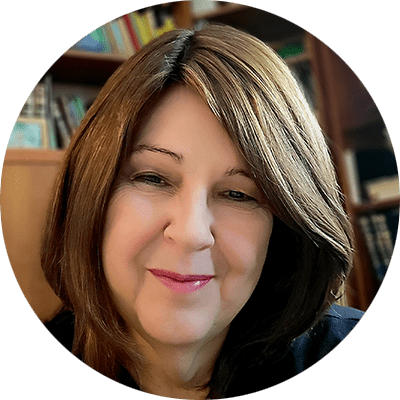
Negotiating the School-Home Gap
The process through which we assimilate information, process it, analyze it, and then draw conclusions is staggering in its complexity. For our purposes, we will focus on the learning of Jewish studies that takes place in a school setting—the teacher presents material and the learners come home with whatever they were presented in class. One of the challenges is that there are often discrepancies between the home practices and those introduced by the school. This is inevitable, as even though parents choose the “best fit” option of schools for their children, there is rarely a perfect fit.



